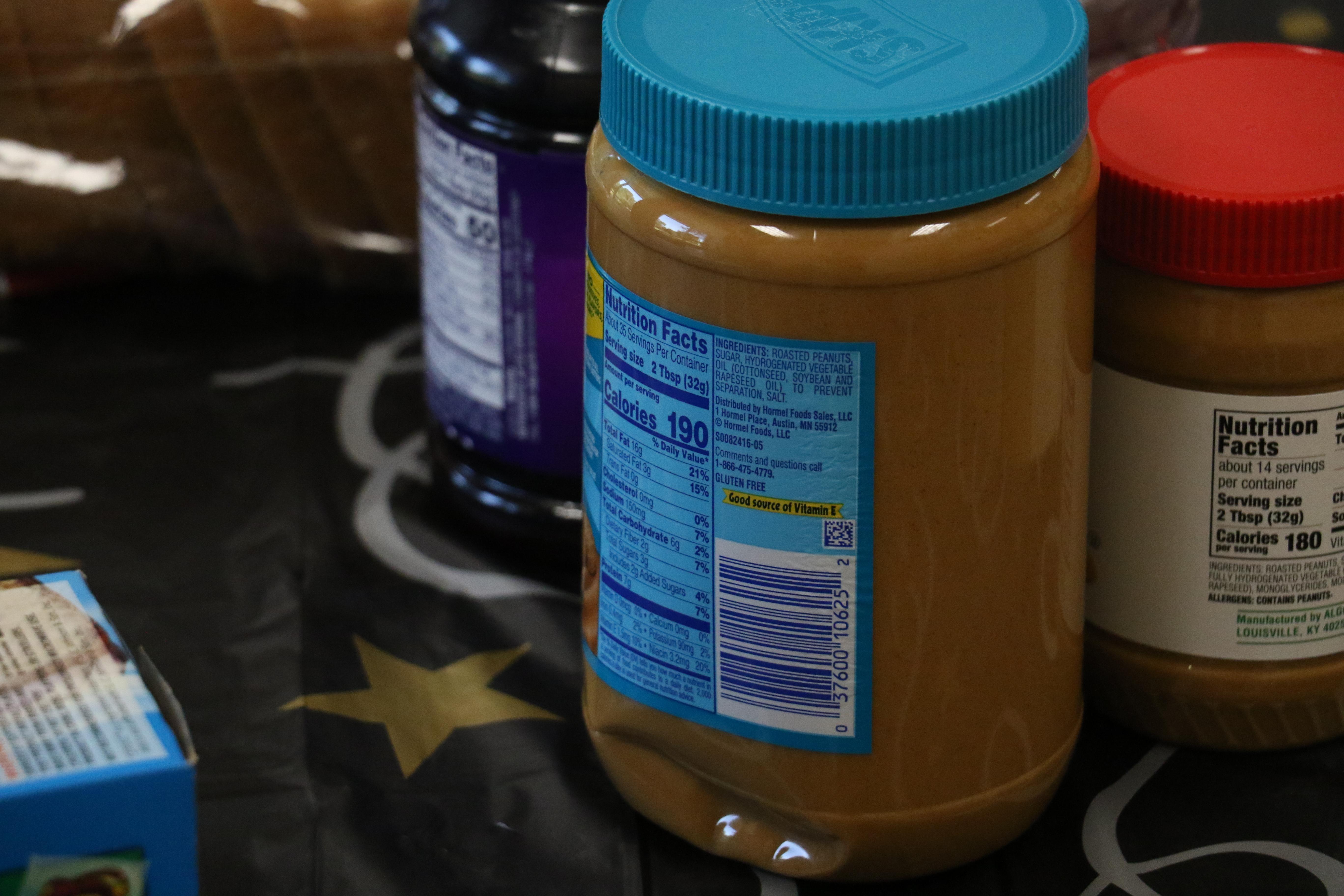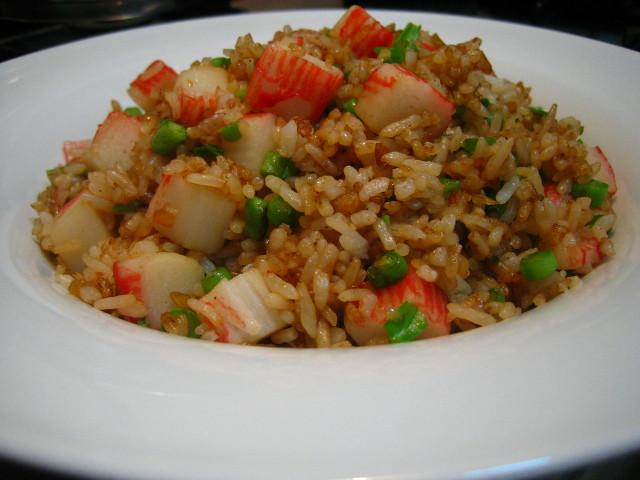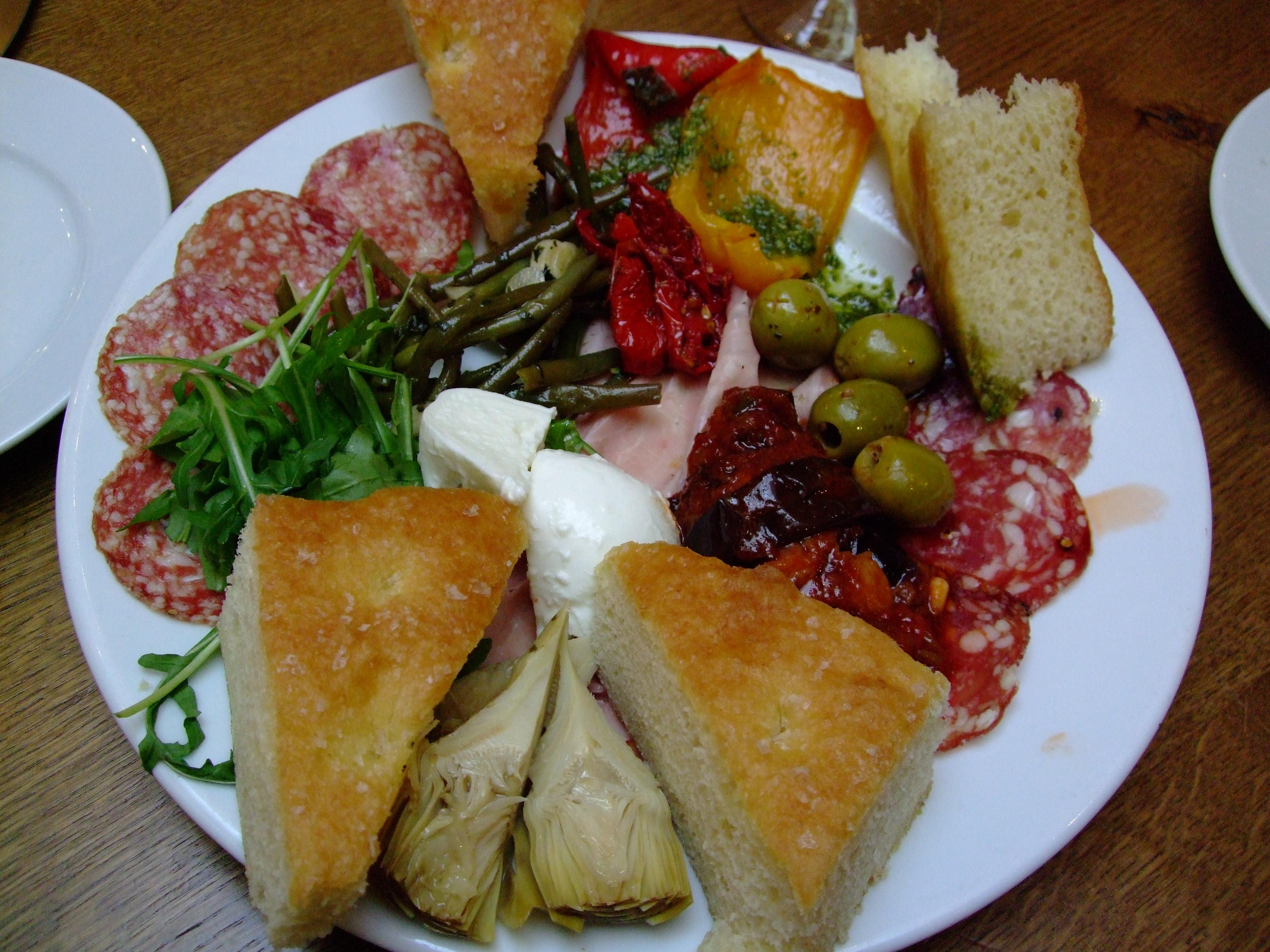As we journey through life, our nutritional needs and preferences evolve, often requiring thoughtful adjustments to maintain optimal health and well-being. For seniors, adopting healthy eating habits can be particularly impactful, contributing to enhanced energy levels, improved mental clarity, and a greater sense of vitality. However, encouraging these habits requires a blend of understanding, empathy, and practical strategies tailored to the unique challenges faced by older adults. In this article, we will explore effective ways to foster nutritious eating patterns in seniors, offering guidance that respects their autonomy while addressing common barriers. By approaching this topic with compassion and insight, we aim to empower caregivers and loved ones to support seniors in enjoying a fulfilling and healthful diet.
Understanding Nutritional Needs of Seniors
As our loved ones age, their nutritional needs evolve, requiring a thoughtful approach to ensure they receive the necessary nutrients. It’s important to recognize that seniors often face unique challenges such as reduced appetite, changes in taste, and difficulty in chewing or swallowing. To support their health, a balanced diet rich in essential vitamins and minerals is crucial. Here are some key elements to focus on:
- Calcium and Vitamin D: Essential for bone health, helping to prevent osteoporosis.
- Fiber: Aids in digestion and helps maintain healthy cholesterol levels.
- Protein: Important for maintaining muscle mass and overall strength.
- Hydration: Seniors may not feel as thirsty, so regular fluid intake is important.
Creating a meal plan that incorporates these elements can be simplified by using a variety of colorful fruits and vegetables, lean proteins, and whole grains. Here’s a sample table to guide daily nutrient intake:
| Nutrient | Recommended Intake | Sources |
|---|---|---|
| Calcium | 1,200 mg | Dairy, fortified plant milks, leafy greens |
| Vitamin D | 800 IU | Sunlight, fortified cereals, fatty fish |
| Fiber | 25-30 g | Whole grains, fruits, vegetables |
| Protein | 46-56 g | Lean meats, beans, tofu |

Creating a Supportive Eating Environment
Fostering a positive atmosphere around meals can significantly influence seniors’ eating habits. It’s crucial to create an environment that is not only comfortable but also engaging and supportive. Here are some effective strategies:
- Social Interaction: Encourage communal dining whenever possible. Sharing meals with family, friends, or fellow residents can enhance the dining experience and promote regular eating patterns.
- Meal Presentation: Pay attention to the visual appeal of the food. Colorful, well-presented dishes can stimulate appetite and make meals more enjoyable.
- Minimize Distractions: Create a calm, focused setting by reducing noise and turning off televisions. This helps seniors concentrate on their meals and appreciate the flavors.
| Element | Tip |
|---|---|
| Lighting | Ensure the dining area is well-lit to improve mood and visibility. |
| Seating | Comfortable chairs and tables at appropriate heights are essential. |
| Ambiance | Use soft music or pleasant scents to enhance the dining experience. |

Incorporating Nutrient-Rich Foods into Daily Meals
As we age, our bodies require more of certain nutrients to maintain health and vitality. Incorporating a variety of nutrient-rich foods into daily meals can significantly impact overall well-being. Focus on whole grains, lean proteins, colorful vegetables, and fruits to ensure a balanced diet that supports physical and mental health. Encourage the use of herbs and spices to enhance flavors without adding excess salt or sugar.
Here are some simple ways to add nutrient-dense options to everyday meals:
- Start the day with a power-packed breakfast: Incorporate oatmeal topped with fresh berries and a sprinkle of nuts for fiber and antioxidants.
- Add vegetables to every meal: Whether it’s a handful of spinach in a morning omelet or a side of roasted carrots at dinner, veggies provide essential vitamins and minerals.
- Opt for lean proteins: Include options like chicken, fish, beans, or tofu to ensure adequate protein intake, which is crucial for maintaining muscle mass.
To help visualize the nutrient contributions of different food groups, consider the following table:
| Food Group | Key Nutrients | Benefits |
|---|---|---|
| Whole Grains | Fiber, B Vitamins | Supports digestion, energy levels |
| Lean Proteins | Protein, Iron | Maintains muscle, supports immune function |
| Fruits & Vegetables | Vitamins A, C, Potassium | Boosts immunity, reduces inflammation |

Fostering Social Connections Through Shared Meals
One of the most enriching ways to promote healthy eating habits among seniors is by transforming meals into social experiences. Shared meals offer an opportunity for meaningful interactions, which can enhance emotional well-being and encourage better dietary choices. By incorporating the following strategies, you can create an inviting atmosphere that fosters social connections:
- Community Cooking Sessions: Organize group cooking activities where seniors can collaborate in preparing meals. This not only encourages participation but also allows them to share their culinary skills and traditions.
- Themed Meal Nights: Host themed dinner events focusing on different cuisines or dietary styles. Such gatherings can introduce new flavors and healthy recipes, making eating both fun and educational.
- Interactive Meal Planning: Engage seniors in the meal planning process. Discussing preferences and nutritional needs in a group setting can help tailor meals that everyone enjoys, fostering a sense of inclusion.
| Activity | Social Benefits |
|---|---|
| Potluck Dinners | Encourages sharing and trying new dishes |
| Cooking Classes | Builds new skills and friendships |
| Recipe Swap | Promotes cultural exchange and variety |
By integrating these activities into daily routines, seniors can enjoy the dual benefits of nourishing meals and vibrant social interactions. The joy of sharing a meal transcends beyond nutrition, creating lasting bonds and a supportive community.








































